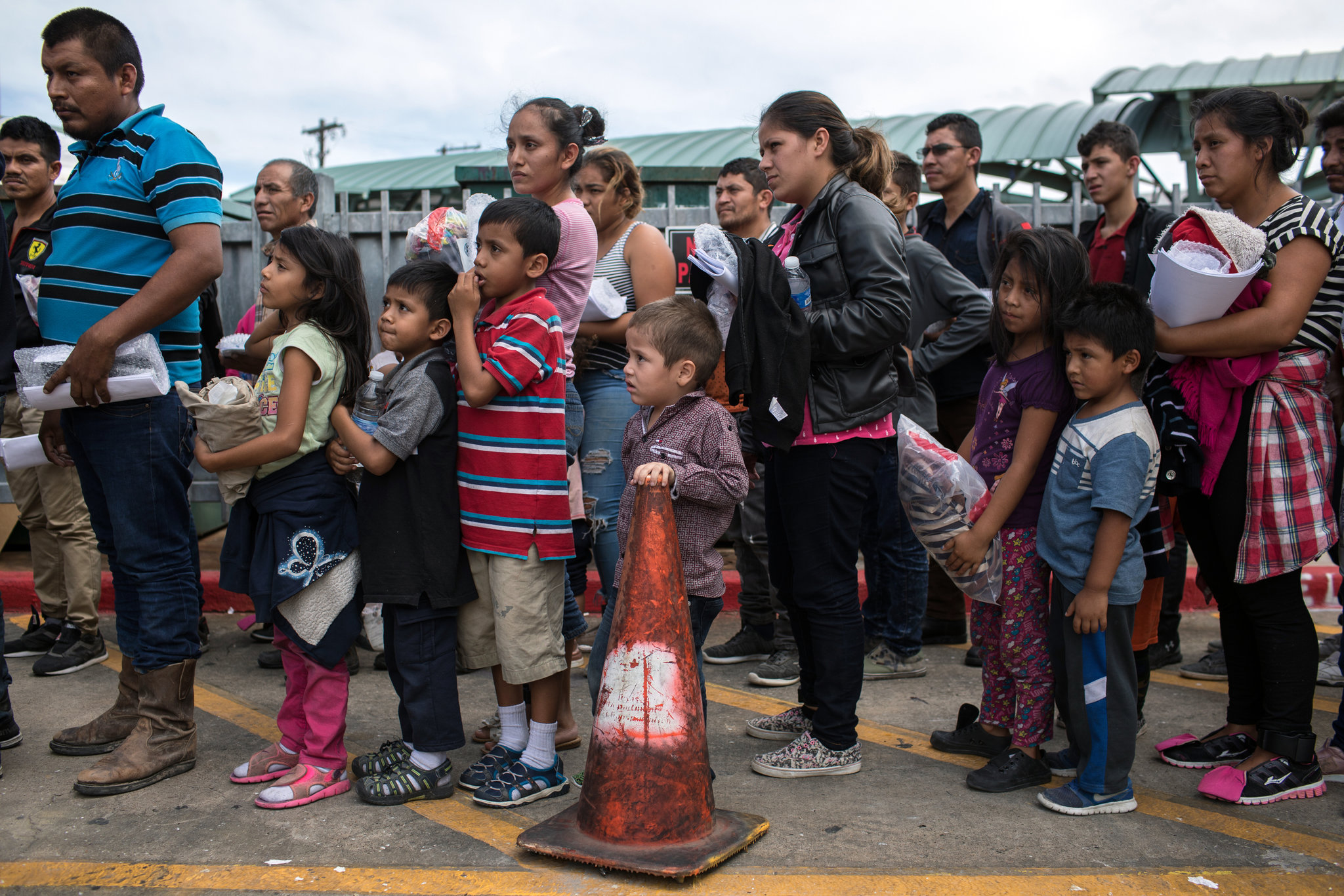Properly interpreted, DPS data suggests that illegal immigrants in Texas are convicted of homicide and sexual assault at higher rates than the state average.
So write Sean Kennedy, Jason Richwine, and Steven A. Camarota in “Misuse of Texas Data Understates Illegal Immigrant Criminality,” Center for Immigration Studies (CIS), October 2022. DPS is the Texas Department of Public Safety.
Their short report is a critique of previous work that found lower rates of serious crime among illegal aliens in Texas. One of the studies they criticize is that of Alex Nowrasteh of the Cato Institute. (Disclosure: I make an annual donation to Cato, which got me started as a political analyst in 1979, and I consider Alex Nowrasteh a friend.)
Nowrasteh responded that the three authors made two errors in calculating the homicide rate for illegal aliens. According to Nowrasteh, they overestimated the numerator and underestimated the denominator. Nowrasteh discusses both in detail. I don’t know enough to judge his analysis of the raw homicide numbers, but he argues that they underestimated the denominator, which is the number of illegal aliens in Texas.
Nowrasteh writes:
The CIS Crime Report uses the second-lowest available estimate of the illegal immigrant population in Texas provided by the Center for Migration Studies (CMS), which also produces the lowest estimate nationally. . A lower illegal immigrant population mechanically results in a higher illegal immigrant crime rate by reducing the denominator (assuming the numerator stays the same or increases). Curiously, the CIS did not use its own estimates of the illegal immigrant population that it produced elsewhere and instead chose to rely on the much lower population estimates from the CMS. What’s even stranger about CIS choosing to ignore its own pure demographic research on the number of illegal immigrants in its article on crime is that both research is co-authored by Steven Camarota.
CIS’ own research on the size of the illegal immigrant population in their Pure Population Research Paper estimates a nationwide illegal immigrant population of 11,390,000 in 2018 and 11,480,000 in 2019, per compared to CMS’s estimate of 10,565,000 in 2018 and 10,348,884 in 2019 – a difference of 825,000 in 2018 and over 1.1 million in 2019. In other words, in his article focusing on the estimates of the illegal immigrant population, the CIS estimates a nationwide illegal immigrant population that is 8% higher than the CMS in 2018 and 10.9% higher in 2019. Yet the CIS authors used CMS’s lower number of illegal immigrants for his article on illegal immigrant crime rates in Texas. Pure population estimates from CIS imply a Texas illegal immigrant population of 1,940,000 (which DHS found using the same methods), but CMS found 1,781,752. So CIS used a population estimate for the number of illegal immigrants in Texas that is 7.5% lower than their pure population estimates in 2018 and 8.9% lower in 2019.
He later writes:
In their pure population research, the CIS boasted that their estimates of the illegal immigrant population were consistent with DHS’s own population estimates. Pure CIS population research did not break down its estimates by state, but DHS did. Since the DHS and CIS methods are almost identical (they use different data sources), I can use the Texas-level estimates from DHS in the following example. The slightly higher number of illegal immigrant crimes from CIS, coupled with pure population research from CIS that implicates a Texas illegal immigrant population of 1,940,000 in 2018, reveals that homicide rates of illegal immigrants are underneath what Cato’s methods of estimating the illegal immigrant population would have been if compared to CIS crime data (Figure 1). Pure population research from the CIS, combined with their data on homicide convictions of illegal immigrants, yields a homicide rate of 2.9 per 100,000 illegal immigrants, compared to three per 100,000 for Cato. Both rates are lower than the 2018 native-born American homicide rate for Cato, Texas.
DHS is the Department of Homeland Security.
You might be wondering why the focus is on Texas. The main reason is that their data is more finely divided.
See this October 2020 article co-authored by Alex Nowrasteh for an earlier comparison of various serious crime rates.

